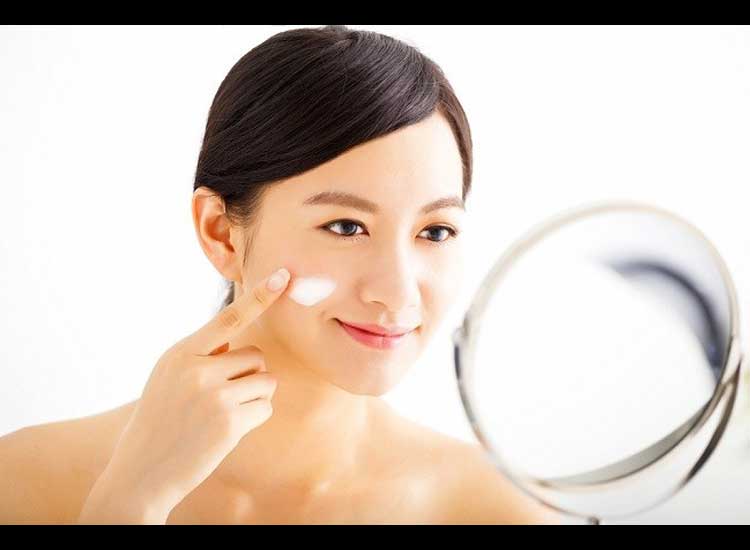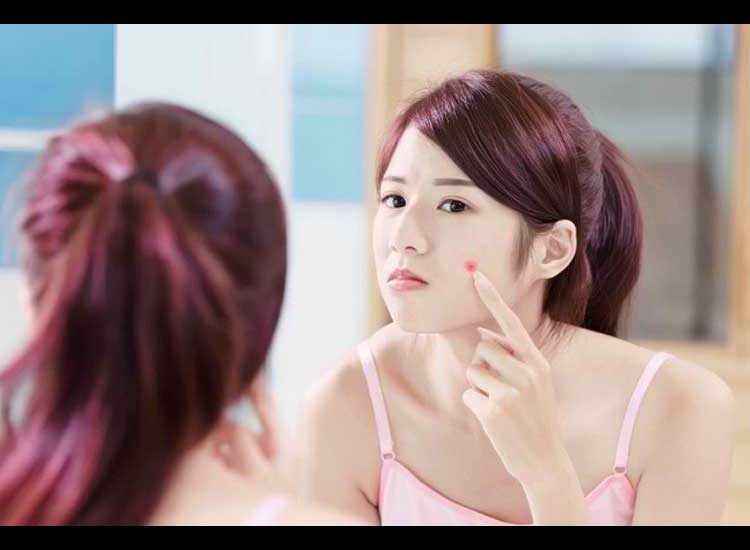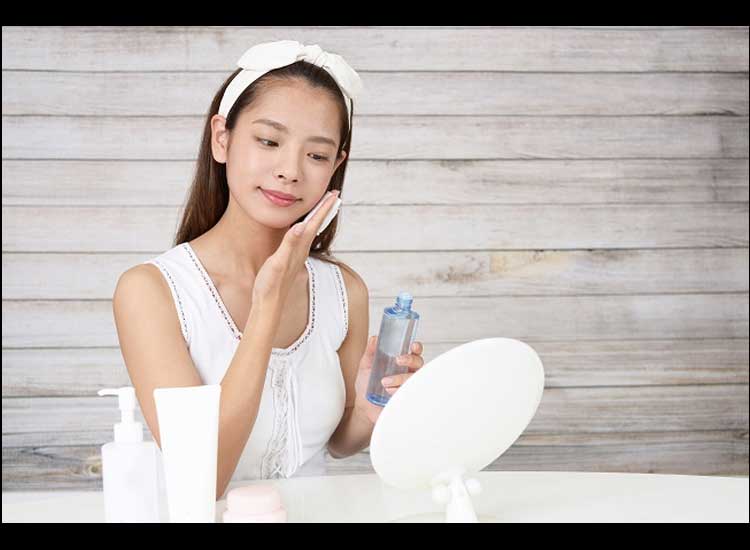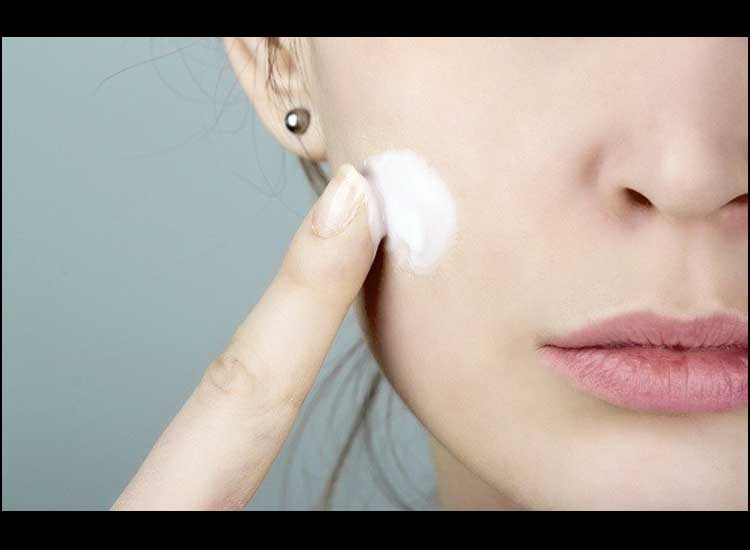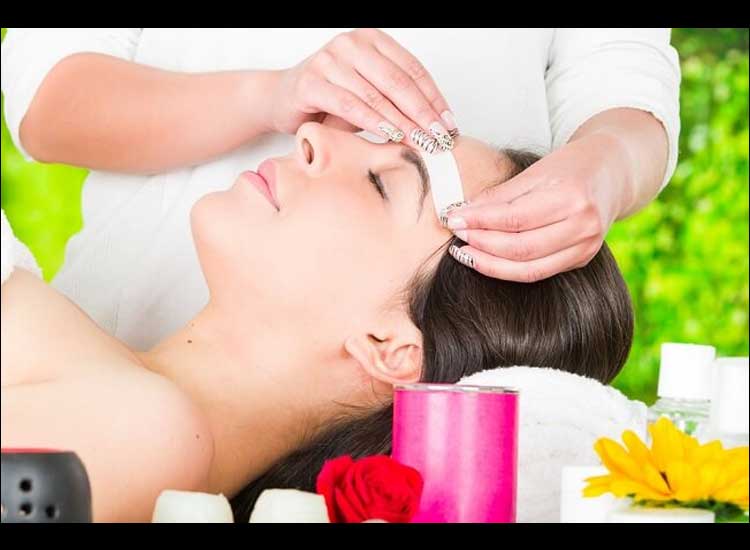Dry facial skin can be uncomfortable and unsightly, leading to flakiness, redness, and a tight, itchy feeling. Understanding how to treat and care for dry skin is essential for maintaining a healthy, hydrated complexion. Here are effective strategies to manage and prevent dry facial skin.
Understanding Dry Skin
Dry skin, or xerosis, occurs when the skin lacks sufficient moisture. This can be due to various factors, including environmental conditions, lifestyle choices, and underlying health conditions. The skin’s natural barrier may be compromised, leading to moisture loss and increased sensitivity.
Causes of Dry Facial Skin
Several factors can contribute to dry facial skin:
- Environmental Factors: Cold weather, low humidity, and exposure to harsh winds can strip moisture from the skin.
- Hot Showers and Baths: Prolonged exposure to hot water can deplete the skin’s natural oils.
- Harsh Soaps and Cleansers: Products with strong chemicals or fragrances can irritate and dry out the skin.
- Aging: As we age, our skin produces less oil, leading to dryness.
- Medical Conditions: Conditions like eczema, psoriasis, and hypothyroidism can cause dry skin.
- Dehydration: Not drinking enough water can affect skin hydration.
Daily Skincare Routine for Dry Skin
A consistent skincare routine is crucial for managing dry facial skin. Here’s a step-by-step guide:
1. Gentle Cleansing
Choose a mild, hydrating cleanser free of harsh chemicals and fragrances. Avoid hot water; instead, use lukewarm water to cleanse your face. Hot water can strip the skin of its natural oils, exacerbating dryness.
2. Exfoliation
Exfoliating once or twice a week can help remove dead skin cells and improve skin texture. Use a gentle exfoliator to avoid irritation. Avoid over-exfoliating, as this can damage the skin barrier and increase dryness.
3. Hydration
Apply a hydrating serum containing ingredients like hyaluronic acid, glycerin, or ceramides. These ingredients help attract and retain moisture in the skin.
4. Moisturizing
Use a rich, emollient moisturizer to lock in hydration. Look for products with ingredients like shea butter, jojoba oil, or squalane. Apply moisturizer while your skin is still slightly damp to enhance absorption.
5. Sun Protection
Protect your skin from UV damage by using a broad-spectrum sunscreen with an SPF of at least 30. Even in winter, UV rays can dry out and damage the skin.
6. Nighttime Routine
Incorporate a nourishing night cream or overnight mask into your routine. These products provide intense hydration and help repair the skin barrier while you sleep.
Additional Tips for Managing Dry Skin
1. Humidifier
Using a humidifier in your home, especially during the winter months, can help maintain moisture levels in the air, preventing your skin from drying out.
2. Hydration from Within
Drink plenty of water throughout the day to keep your skin hydrated from the inside out. A balanced diet rich in omega-3 fatty acids, such as fish, flaxseeds, and walnuts, can also support skin health.
3. Avoid Irritants
Steer clear of skincare products containing alcohol, sulfates, and artificial fragrances. These ingredients can further dry out and irritate your skin.
4. Gentle Toweling
After washing your face, pat your skin dry with a soft towel instead of rubbing it. This helps prevent further irritation.
5. Regular Skin Check-ups
If your dry skin persists despite following a proper skincare routine, consider consulting a dermatologist. They can provide personalized recommendations and identify any underlying conditions contributing to your dry skin.
Conclusion
Caring for dry facial skin requires a combination of gentle skincare practices, adequate hydration, and protection from environmental factors. By following a consistent skincare routine and making mindful lifestyle choices, you can achieve and maintain a healthy, hydrated complexion. Remember, patience and persistence are key, as it may take some time to see significant improvements in your skin’s condition
